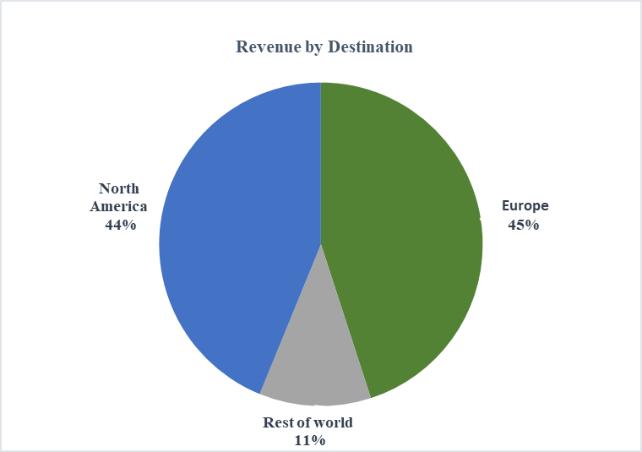Recent Acquisitions, Divestments and Developments
Combination of AMPSA with GHV
On February 22, 2021, AMPSA announced its entry into the Business Combination Agreement by and among AMPSA, AGSA, MergeCo and GHV, pursuant to which the Business Combination was consummated and, following the Merger of GHV with and into MergeCo, GHV became a directly wholly owned subsidiary of AMPSA, to create an independent, pure-play beverage can public company.
In connection with the transactions, on March 12, 2021, two affiliates of the Group (the “Co-Issuers”) issued green bonds of approximately $2.8 billion equivalent, consisting of €450 million 2.000% Senior Secured Notes due 2028, $600 million 3.250% Senior Secured Notes due 2028, €500 million 3.000% Senior Notes due 2029 and $1,050 million 4.000% Senior Notes due 2029 (the “AMP Notes Issuance”).
In connection with the AMP Notes Issuance, AGSA designated the Co-Issuers and subsidiaries of AMP as unrestricted subsidiaries under its bond indentures and the Global Asset Based Loan Facility.
In connection with the Business Combination, AGSA effected on April 1, 2021 a series of transactions that resulted in (a) the equity interests of Ardagh Packaging Holdings Limited, an Irish subsidiary of AGSA, and certain other subsidiaries of AGSA that are engaged in the business of developing, manufacturing, marketing and selling metal beverage cans and ends being directly or indirectly owned by AMPSA (all such entities collectively, the “AMP Entities”) and (b) any assets and liabilities relating to the business of AGSA (other than the AMP Business) that were held by the AMP Entities being transferred to subsidiaries of AGSA that are not AMP Entities, and assets and liabilities relating to the AMP Business that were held by subsidiaries of AGSA (other than the AMP Entities) being transferred to the AMP Entities (such transactions, collectively, the “AMP Transfer”).
On August 4, 2021, in accordance with the terms of the Business Combination Agreement, the parties consummated the Merger and, pursuant to the terms of Subscription Agreements dated February 22, 2021, among AMPSA, GHV and certain investors (the “Subscribers”) in a private placement, the Subscribers subscribed for and purchased 69,500,000 Shares at a purchase price of $10 per share, for an aggregate cash amount of $695 million, which included 9.5 million Shares acquired pursuant to the “back stop” provisions of the subscription agreement entered into by GHV Sponsor. In addition, at the closing of the Merger, all shares of GHV Class A common stock outstanding immediately prior to the effective time of the Merger (after giving effect to any requested stockholder redemptions) were contributed to AMPSA in exchange for newly issued Shares, and all warrants exercisable for the purchase of shares in GHV were converted into warrants exercisable for the purchase of Shares.
In connection with the consummation of the Business Combination, AGSA (i) retained an approximate 81.85% interest in AMPSA, (ii) received aggregate cash consideration of $2,315,000,000, paid upon the consummation of the AMP Transfer in cash and in equivalent U.S. dollars or euros (or a combination thereof) and $996,927,301.74, paid in cash at the closing of the Merger, and (c) has the right to receive, during the five-year period commencing 180 days after the closing of the Merger, up to 60,730,000 Earnout Shares in five equal installments if the price of Shares maintains for a certain period of time a volume weighted average price greater than or equal to $13.00, $15.00, $16.50, $18.00 and $19.50, as applicable. Please refer to note 21 to the consolidated financial statements for further details.
On August 5, 2021, AMPSA listed its Shares and Warrants on the New York Stock Exchange under the new ticker symbols “AMBP” and “AMBP.WS”, respectively.
On August 6, 2021, AMPSA and certain of its subsidiaries entered into a Global Asset Based Loan Facility in the amount of $300 million, which amount increased to $325 million on September 29, 2021.

